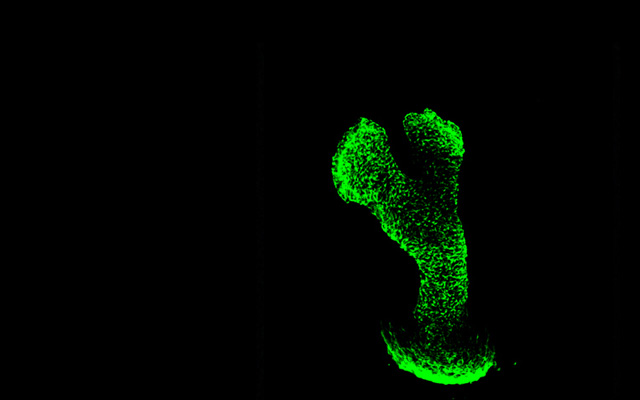Study on SADBE-Induced Allergic Contact Dermatitis and Its Inflammatory Typiing
NI Manting1, FAN Limin2, NONG Xiuyu1, CHEN Xi1, WANG Jiaxin1, WU Yudan1, TAO Ailin1, LIU Xueting1*
This study aims to explore the intrinsic inflammatory characteristics of the mouse allergic con tact dermatitis ACD (allergic contact dermatitis) model induced by SADBE (squaric acid dibutyl ester) and its po tential molecular mechanisms, with a view to provide a theory for the precise diagnosis and treatment of ACD. The ACD model was established in C57BL/6 mice through SADBE induction. The inflammatory of ACD model was evaluated by observing skin, scratching behavior, histopathological analysis (H&E staining and toluidine blue stain ing), immunofluorescence staining, and multifactor cytokine detection. ACD model mice showed significant skin damage and intense scratching behavior after SADBE treatment. Pathological analysis showed increased epidermal thickness. More inflammatory cells, especially mast cells, were infiltrated in dermis. Immunofluorescence staining showed CD3+ T cells, F4/80+ macrophages, S100A9+ neutrophils and MPO+ neutrophils increased significantly. Multiplex Luminex assay results showed that the levels of IL-1β, IL-4, IL-12P70, IFN-γ and GM-CSF in the skin tissue of ACD model mice were significantly increased, suggesting proinflammatory cytokines play important roles in the immune response to ACD. The SADBE-induced ACD presents a mixed Th1 and Th2 inflammatory response.




 CN
CN EN
EN